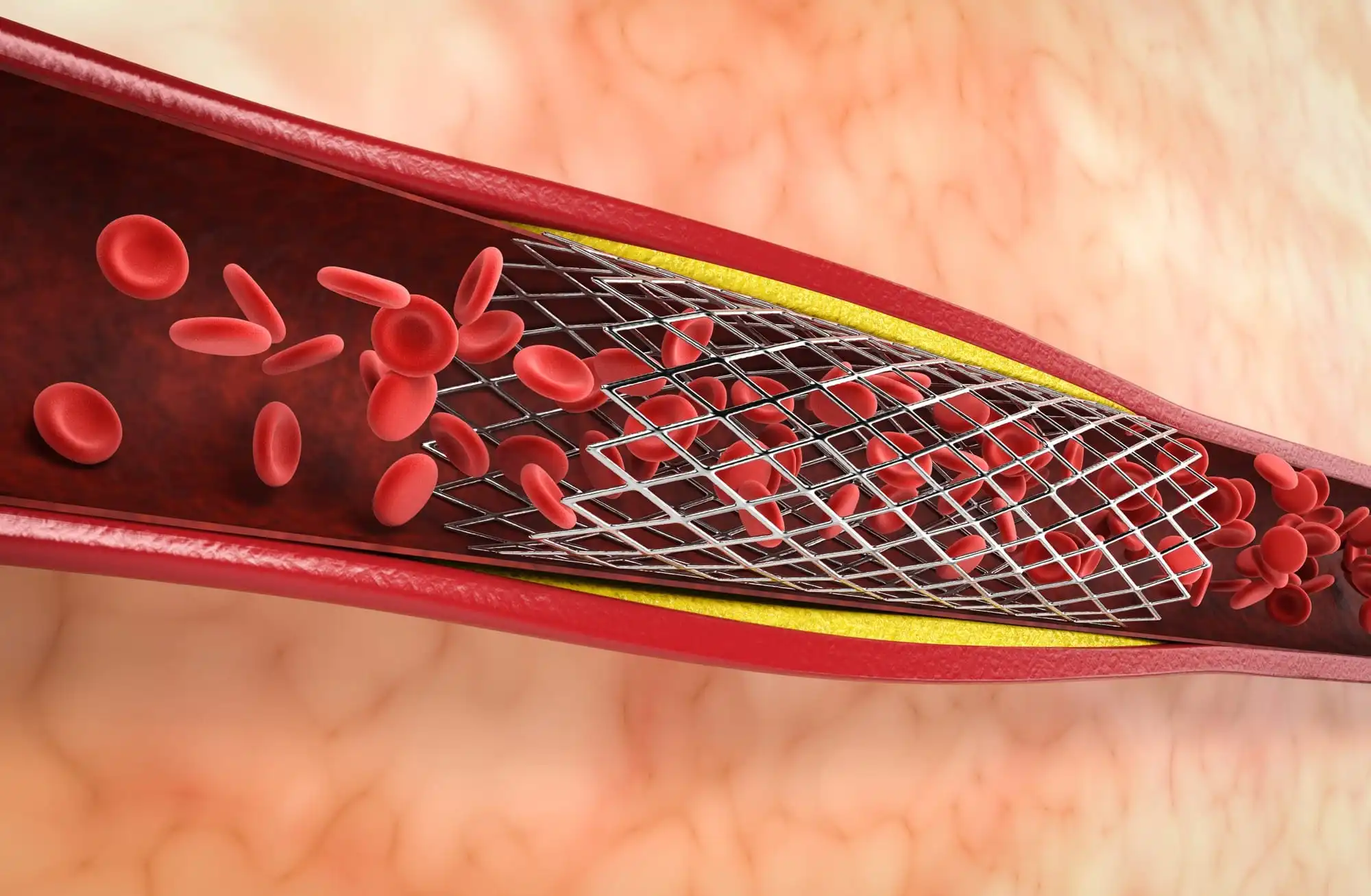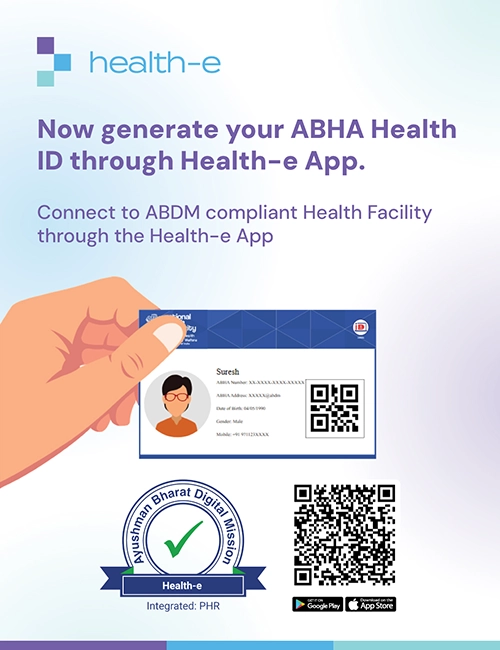Medically reviewed by Dr Rohan J Harsoda – MBBS, DNB(General Surgery)
Anticipating the arrival of a baby is an incredibly significant and cherished experience in a woman’s life. It encompasses a transformative journey, accompanied by distinctive physical and hormonal changes. It is natural for pregnant women to feel concerned about the labor process and the inevitable pain that accompanies it. Fortunately, modern medicine has made remarkable advancements in reducing the discomfort of childbirth to a manageable level. One such groundbreaking technique is Epidural Analgesia, commonly known as painless normal delivery. In this blog, we will delve into the intricacies of this method and explore how it offers a promising solution for expectant mothers seeking a more comfortable birthing experience.
What is Painless Normal Delivery?
A painless normal delivery is a technique used to alleviate pain during childbirth. Its purpose is to provide relief by administering specific medications that reduce pain while still allowing effective pushing during delivery. To achieve this, a thin plastic tube called an epidural catheter is inserted through a needle, through which pain-relieving drugs are continuously delivered via an infusion pump.
The primary goal of an epidural is to manage and lessen the intensity of contractions, offering a more comfortable experience for the mother. It aims to bring the pain during labor to a tolerable level and often provides complete pain relief during the delivery of the baby. By carefully controlling the administration of medication, an epidural can significantly reduce discomfort and contribute to a more positive childbirth experience for the mother.
How Does Epidural Analgesia or Painless Normal Delivery Work?
The timing of when to administer an epidural is crucial. Doctors may recommend it either shortly after contractions begin or later as the labor progresses. Typically, doctors prefer to administer an epidural when the mother-to-be enters the active labor phase. Active labor is characterized by stronger and more frequent contractions.
Although the idea of receiving an epidural may initially seem intimidating due to the use of needles and catheter insertion in the lower back, the procedure is made comfortable by administering local anesthesia beforehand. Once the epidural is inserted in the area outside the spinal cord, you won’t feel any pain.
With an epidural, you should still be able to move and push during labor, although this can vary depending on the medication used. Sometimes, walking may not be possible. As labor progresses, you will still be able to feel the contractions, but the pain will be greatly diminished.
Advantages of Epidural Analgesia or Painless Normal Delivery
- Relieves Pain: One of the key advantages of using epidural analgesia during childbirth is the significant pain relief it offers. By blocking pain signals from reaching the brain, epidural anesthesia effectively numbs the lower half of the body, providing mothers with a more comfortable and manageable labor experience.
- Promotes Relaxation: By alleviating the intense pain associated with childbirth, epidural analgesia promotes increased relaxation for mothers. When the body is free from pain, it becomes easier for mothers to remain calm and focused during the birthing process. This relaxation can contribute to more efficient labor and potentially reduce the need for other medical interventions.
- Provides Flexibility and Control: Epidural analgesia provides women with the option to have a painless normal delivery while retaining some control over their birthing experience. Unlike general anesthesia, epidural anesthesia allows mothers to stay awake and aware throughout the process. This enables them to actively participate, make informed decisions, and be fully present for the arrival of their baby.
- Improves Maternal Blood Pressure: Pain and stress during labor can cause an increase in maternal blood pressure. By effectively managing pain, epidural analgesia can help stabilize blood pressure levels, reducing the risk of complications related to hypertension. This is particularly advantageous for women with pre-existing high blood pressure or other cardiovascular conditions.
- Reduces Stress on the Baby: The pain and anxiety experienced by mothers during childbirth can impact the well-being of the baby. Epidural analgesia helps alleviate stress and tension, creating a more calming environment for both the mother and the baby. A relaxed and comfortable mother is more likely to have stable vital signs, which can positively influence the baby’s heart rate and overall condition.
- Facilitates Medical Interventions: In certain cases, medical interventions may become necessary during labor and delivery. Epidural analgesia provides a pain-free environment that enables healthcare professionals to perform procedures such as episiotomy or vacuum extraction more easily. The pain relief offered by epidurals can also be beneficial if a cesarean section becomes necessary, as it allows for smooth transitions and reduces the need for general anesthesia.
- Enhances the Birth Experience: Ultimately, epidural analgesia contributes to an overall improved birth experience for many women. By reducing pain and discomfort, it allows mothers to focus on the joyful moments of childbirth, strengthening the emotional connection with their newborn. Feeling more in control and relaxed during labor can also lead to a positive and empowering birth experience, which can have long-lasting effects on the mother’s well-being and postpartum recovery.
Risks or Side Effects of Epidural Analgesia or Painless Normal Delivery
When considering the use of epidural analgesia during childbirth, it’s important to be aware of potential risks and effects that can arise. While epidurals are generally safe, they can lead to certain complications, affecting both the mother and the baby. Understanding these possibilities is essential for making an informed decision. Here are some factors to consider:
- Blood Pressure Reduction: Epidurals have been known to cause a decrease in blood pressure, which may result in dizziness, nausea, and an accelerated heartbeat. Consequently, the blood flow and oxygen supply to the baby could be compromised.
- Post-dural Puncture Headache: In rare instances, the needle used to administer the epidural may inadvertently puncture the spinal cord’s surrounding membrane, leading to a post-dural puncture headache. Although the headache can be intense, it is typically temporary and can be managed with appropriate medication.
- Back Discomfort:Following epidural insertion, some women may experience back pain or tenderness at the injection site. Thankfully, this discomfort generally resolves within a few days or weeks after childbirth.
- Temporary Numbness and Decreased Mobility:Epidurals can induce temporary numbness and muscle weakness in the lower body, potentially hindering the mother’s movement or ability to walk. However, these effects typically disappear once the epidural is discontinued.
- Urination Difficulties:Bladder function can be affected by epidurals, leading to challenges in urination. In such cases, a catheter might be necessary to assist in emptying the bladder.
- Infection Risk: Although exceedingly rare, there is a minimal chance of infection at the epidural insertion site. Strict sterile techniques are employed to minimize this risk and ensure safety.
- Allergic Reactions:While uncommon, some individuals may experience an allergic reaction to the medications used in the epidural. Symptoms can manifest as itching, a rash, or breathing difficulties.
- Prolonged labor:Epidural analgesia has the potential to slow down the progression of labor in certain situations. Consequently, interventions such as Pitocin, a medication used to induce or augment labor, or, in rare cases, a cesarean delivery may become necessary.
- Fetal Heart Rate Variations: Monitoring the baby’s heart rate is crucial during epidural administration as it can be affected, necessitating close observation. Significant alterations might require additional interventions or, in severe cases, an emergency cesarean section.
Final Thoughts
Epidural analgesia can be a great option for mothers who want to manage their pain during labor and delivery. It is important to discuss this option with your healthcare provider and weigh the benefits and risks carefully. Remember that every pregnancy is different and what works for one mother may not work for another. Additionally, it’s always a good idea to have all of your pregnancy-related documents in one place. Health-e makes it easy to keep track of everything from doctor’s appointments to test results, so you can access them whenever and wherever you need them. Take control of your healthcare journey with Health-e today!





